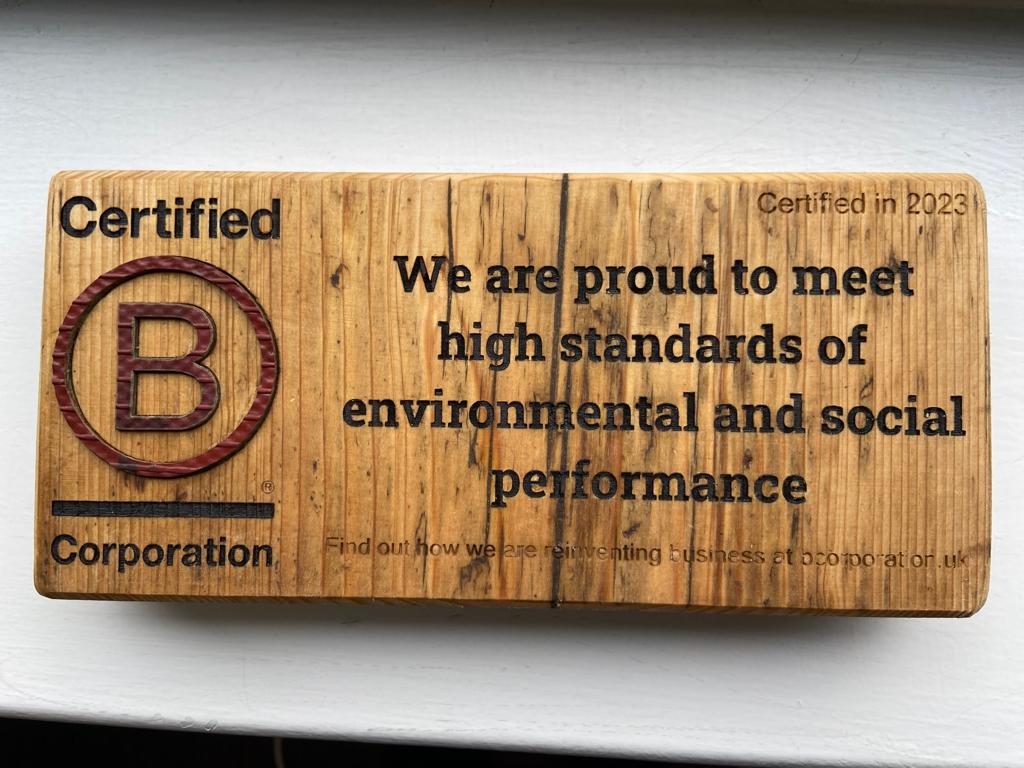Dramatically improve performance or face closure. What would you do?
This was the ultimatum facing John Oliver OBE, then Chief Executive of Leyland Trucks and author of ‘Growing your Own Heroes’.
Workforce cynicism, union hostility and low self-esteem contributed to a bleak outlook at the ailing truck manufacturer at the end of the 1980s.
And yet within two years the situation had been turned on its head. Millions of pounds in annualised cost savings, halving of typical development times and costs, and massive uplifts in employee responsiveness.
Radical employee engagement made the difference to Leyland, and to many other businesses that John has worked with since, across the public and private sector, both big and small in size.
“It’s the safest, quickest and cheapest route to high performance,” explained John.
Safe doesn’t sound radical?
What is radical employee engagement?
Employee engagement is commonly introduced for purely altruistic intentions. As a result it is often merely a well-intentioned exercise in social engineering which inevitably fails. With this approach we plan to utilise the collective skills of the entire workforce in pursuit of continuous improvement.
By having a restless focus on the status quo, we can tap into much more than the usual 2-5% of the collective intellectual power of the company to the mutual benefit of all stakeholders, especially the staff who work there.
The instruments we use are commonsensical, but used in a manner to motivate and inspire. Hence by focusing on communication, recognition, behaviours and leadership style, we can transform the effectiveness of the company.
Why do we need it?
The Macleod report tells us that the most engaged companies achieve 18% higher productivity than the least engaged. In our experience, this can be a huge underestimation.
But the latest research by Gallup shows that less than 10% of the UK’s workforce feels engaged. It’s also particularly troubling that 58% of staff are disengaged within six months of starting work. Think about that. Firms lose the engagement of more than half their new starters within six months, why?
Perhaps there’s a clue when we hear more than two thirds of staff saying they’ve had no feedback from their bosses for the previous six months.
What’s to blame?
Management by Numbers (MBN) has been common since the 1980s and can be deeply corrosive. It often results in a dysfunctional workplace culture driven by number-crunchers, counting outputs and key performance indicators (KPIs) but paying little attention to motivation.
These may be the unconscious leadership / management behaviours of stressed business leaders, not the actions of hard-nosed tyrants. Walking past people without acknowledgment, forgoing the fundamental pleasantries of ‘hello, how are you’, assuming that plentiful team briefing cascades and notices are ticking the box of effective communications. Has this happened where you work? Do you really understand the consequences of your unconscious traits?
Leading behaviours
In contrast, Leading by Motivating – people centric leadership– contributes to a new positive and productive workplace culture.
So, what does leading a motivated workforce mean for you, the leader?
Here are 7 key points to consider:

How can I learn more?
- Pick up a copy of John’s book; it’s full of real examples, models and templates
- Visit the Engage for Success website for the latest research and blogs
- Talk to some of your peers. Plenty of LEAD™ alumni are doing great things with employee engagement.
To get your own handy copy of the 7 points to consider for Leading a Motivated Workforce, please click here to download it.
|
If you would like to learn more about our LEAD™ program for owner-managers, directors and senior managers, please get in touch with Jo Draper here. Our next LEAD™ program starts in November. Don't miss out! |




